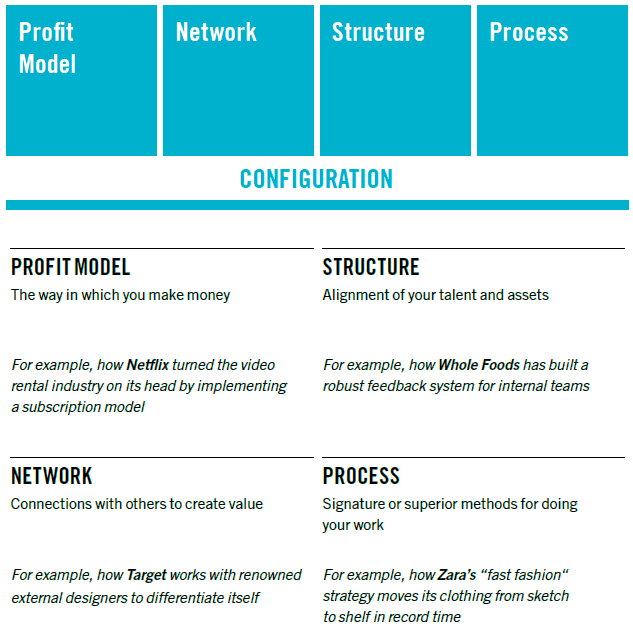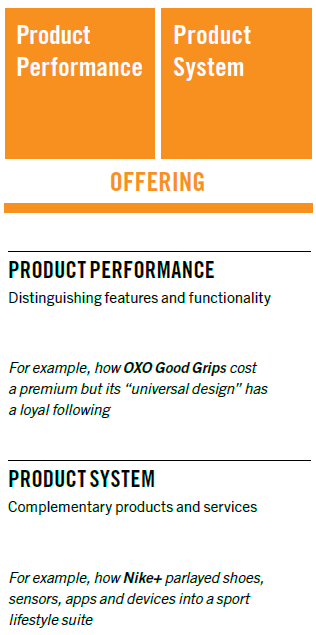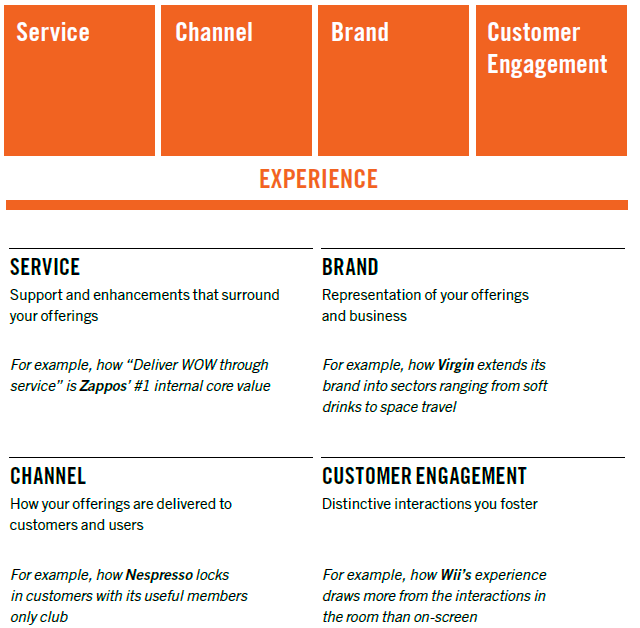As product and product marketing managers we don’t need to be reminded that we need to innovate to win consistently. Most often we focus our innovation efforts on the products (services) we manage – after all, the word product is a part of our position title, isn’t it?
Doblin’s Ten Type of Innovation were discovered in the late nineties as a result of groundbreaking research and have become a very powerful methodology and framework since then. Its most important message is simple:
Innovation mostly fails. It doesn’t need to. You shouldn’t let it.
Innovation almost never fails due to a lack of creativity. It’s almost always because of a lack of discipline.
The most certain way to fail is to focus only on products. Successful innovators use many types of innovation.
I would encourage you to visit the Ten Types of Innovation website but here is a quick overview:
There are ten types of innovation in three groups. Numerous studies have shown that successful innovation is a result of efforts in at least five or six areas – not one or two. The three groups are Configuration, Offering and Experience:



The Ten Type of Innovation framework is very powerful, but with its power comes the challenge: given traditional resource constraints (time available for analysis and planning first of all), which types of innovation are most worthwhile to focus on at any given point of time?
An answer to this question lies in the combination of the Ten Type of Innovation framework with the Product Management and Product Marketing lifecycle management framework. Here is how I see it:
(click image to see the large version)

The degree of relevance is subjective, and you may give it different values, but I think everyone would agree that
- Leveraging all ten types of innovation is very important at the Conceive, Plan, Deliver stages of the product/service lifecycle; and
- Innovating in customer engagement is very important at any stage of the product/service lifecycle
We will do a deep dive into this fascinating topic in the near future.
